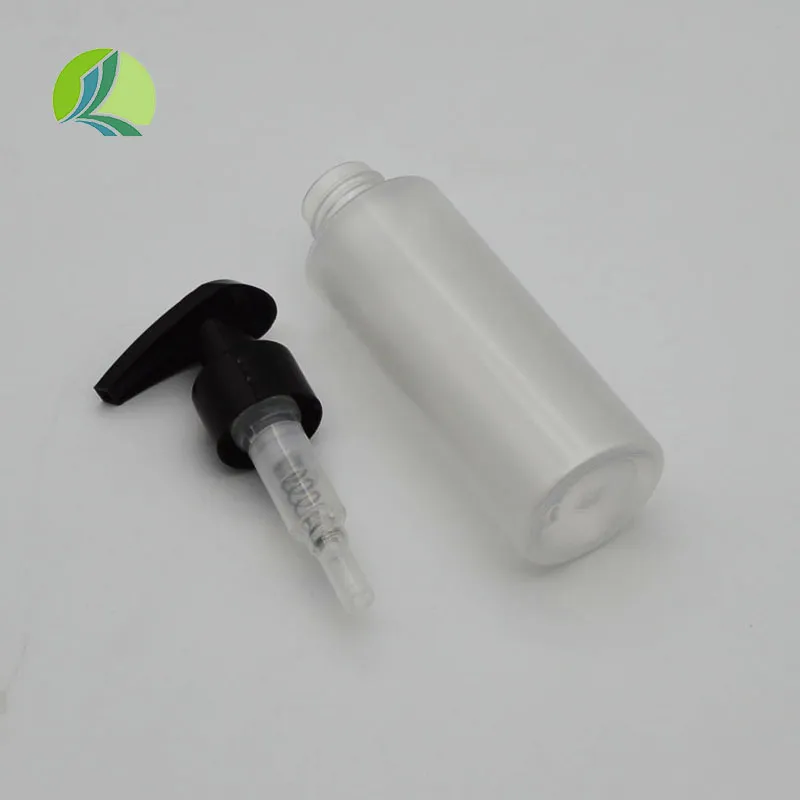polystyrene petri dish
The Importance and Applications of Polystyrene Petri Dishes
Polystyrene petri dishes are ubiquitous in laboratories across the globe, serving as a critical tool in various fields such as microbiology, cell biology, and environmental science. These shallow, flat, and round containers provide a controlled environment for the growth and study of microorganisms, cells, and organisms, thus playing a fundamental role in research and diagnostics.
Composition and Properties
Polystyrene is a versatile synthetic polymer known for its rigidity and stability, which make it an ideal material for laboratory equipment. Typically, petri dishes made from polystyrene are transparent, allowing researchers to easily observe the contents without needing to open the dish. This transparency also aids in imaging and subsequent analysis. Furthermore, polystyrene can be molded into different shapes and sizes, offering versatility for various applications.
The smooth surface of polystyrene petri dishes provides an excellent substrate for microbial growth. In microbiology, it is essential to have a surface that can support the formation of colonies. Polystyrene's non-reactive nature means that it does not interfere with the growth of microorganisms, making it suitable for both solid and liquid culture media.
Applications in Microbiology and Cell Culture
In microbiology, polystyrene petri dishes are primarily used to cultivate bacteria, fungi, and other microorganisms. When combined with appropriate culture media, researchers can isolate and identify different microbial species. This process is crucial for clinical diagnostics, pharmaceutical research, and environmental monitoring. For instance, in clinical settings, specific pathogens can be cultured from patient samples, allowing for accurate diagnosis and targeted treatment.
polystyrene petri dish

Beyond bacteria, polystyrene dishes are used in cell culture applications. In biomedical research, scientists utilize these dishes to grow human and animal cells. This is especially important for drug testing, cancer research, and genetic studies. Cell lines can be cultivated in polystyrene dishes, providing a controlled environment that mimics the natural conditions necessary for cell growth and differentiation. By employing various coatings and surface modifications, researchers can further enhance the performance of petri dishes for specific cell types.
Environmental Impact and Innovations
While polystyrene petri dishes have become standard in laboratories, it is essential to discuss their environmental impact. Polystyrene is a thermoplastic that is not biodegradable, leading to significant concerns regarding waste management and pollution. As laboratories strive for sustainability, many are exploring alternative materials for petri dishes. Innovations include bioplastics and reusable glass dishes that can be sterilized and utilized multiple times, reducing the ecological footprint.
Several companies are now manufacturing environmentally friendly alternatives made from plant-based materials or biodegradable polymers. These products aim to retain the functionality of traditional polystyrene dishes while minimizing environmental harm. However, transitioning to these alternatives requires careful consideration of cost, performance, and availability.
Conclusion
Polystyrene petri dishes have established themselves as indispensable tools in the scientific community. Their unique properties support a diverse range of applications from microbiology to cell culture. Despite their environmental implications, ongoing innovations are paving the way for more sustainable practices in laboratory settings. As researchers continue to explore the boundaries of science, the polystyrene petri dish remains a fundamental component of laboratory work, embodying the intersection of practicality and scientific advancement.
In summary, the role of polystyrene petri dishes goes beyond mere containment; they are vital instruments for discovery and innovation, contributing to our understanding of life at the microscopic level. With ongoing advancements and a growing awareness of sustainability, the future holds promise for more efficient and environmentally friendly laboratory practices that uphold the quest for knowledge and discovery. Whether in a bustling research laboratory or a clinical setting, polystyrene petri dishes will undoubtedly continue to play a pivotal role in shaping the future of scientific research.
-
Aesthetic Makeup Spray Bottles | Fine Mist Empty RefillableNewsAug.19,2025
-
White Plastic Veterinary Vaccine Vials | Lab Liquid BottlesNewsAug.18,2025
-
Plastic Medicine Liquid Bottle: Secure Flip Top Drug VialsNewsAug.17,2025
-
Durable 250ml Blue Plastic Vaccine Vial for Lab & Vet UseNewsAug.16,2025
-
Sterile Virus Sample Tubes: Secure & Reliable Specimen CollectionNewsAug.15,2025
-
White 250ml Plastic Vaccine Vial for Lab & Vet MedicineNewsAug.14,2025
























